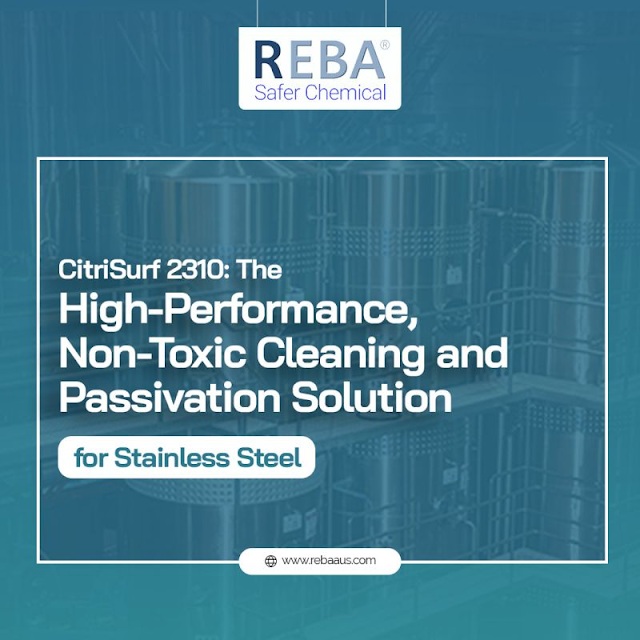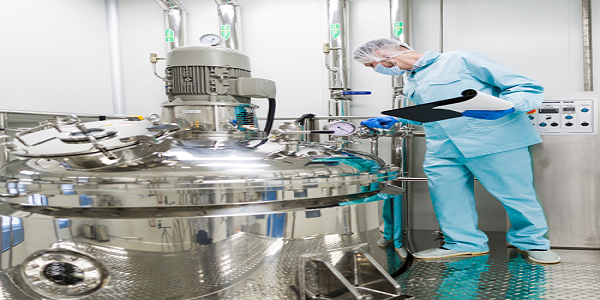The Power of Passivation: Harnessing Citric Acid to Prevent Corrosion in Stainless Steel
Stainless steel is renowned for its exceptional durability and resistance to corrosion. However, even this robust material can be susceptible to corrosion over time if not properly maintained. That's where the process of passivation comes into play. In this blog, we will explore the significance of passivation for stainless steel and delve into how the utilization of citric acid can effectively prevent corrosion, ensuring the longevity and pristine appearance of stainless steel structures.
Understanding Passivation for Stainless Steel
Passivation is a crucial step in the manufacturing and maintenance of stainless steel. It involves the formation of a passive layer on the surface of stainless steel, which provides an additional level of protection against corrosion.
This passive layer acts as a shield, preventing the interaction of corrosive elements with the underlying metal, thus extending the lifespan of stainless steel components.
The Role of Citric Acid in Corrosion Prevention
Citric acid has gained significant recognition as a powerful agent for passivation. Traditionally, other chemicals such as nitric acid were used for this process. However, citric acid offers several advantages, making it an ideal choice for corrosion prevention in stainless steel. It is environmentally friendly, non-toxic, and provides effective passivation results without the safety hazards associated with alternative chemicals.
Benefits of Citric Acid Passivation:
Enhanced Corrosion Resistance: Citric acid passivation forms a uniform and protective oxide layer on the stainless steel surface, significantly improving its corrosion resistance properties. This layer acts as a barrier, preventing corrosive agents from reaching the metal substrate.
Reduced Risk of Contamination: Unlike some harsh chemicals used in the past, citric acid passivation leaves minimal residue or contaminants on the stainless steel surface. This ensures a clean and hygienic environment, making it particularly valuable for industries such as food processing, pharmaceuticals, and medical equipment.
Cost-Effectiveness: Citric acid is readily available, cost-effective, and easily manageable, making it an economical choice for passivation processes. Its efficient performance eliminates the need for more expensive and potentially hazardous alternatives, without compromising on the quality of corrosion protection.
Implementing Citric Acid Passivation
To harness the power of citric acid for passivation, it is important to follow a systematic process. This typically involves the thorough cleaning and preparation of the stainless steel surface, followed by the application of a citric acid solution. The passivation solution is carefully applied, allowing the citric acid to react with the stainless steel, promoting the formation of a protective oxide layer.
Rinsing process removes any remaining residue, leaving behind a passivated stainless steel surface that is ready to resist corrosion effectively. Passivation is an essential step in maintaining the longevity and corrosion resistance of stainless steel. The utilization of citric acid as a passivation agent offers numerous advantages, including improved corrosion resistance, reduced contamination risks, and cost-effectiveness. By harnessing the power of citric acid passivation, stainless steel structures can be effectively protected, ensuring their durability and aesthetic appeal for years to come.



Comments
Post a Comment